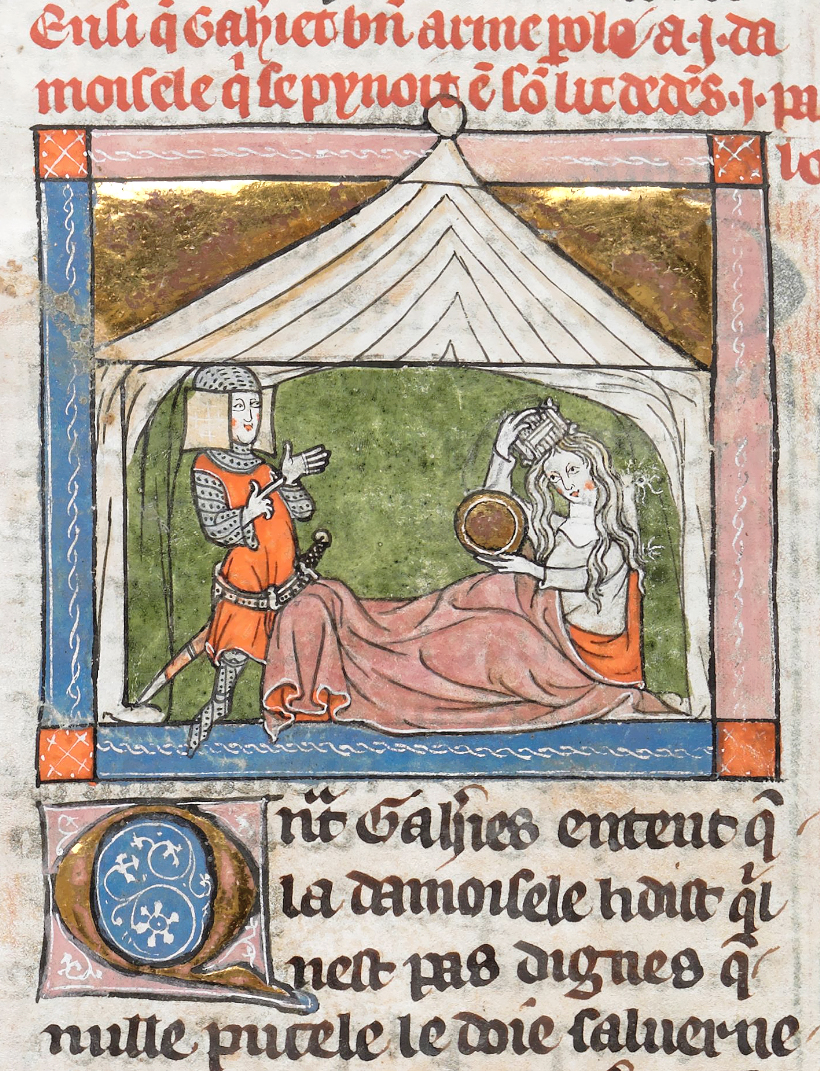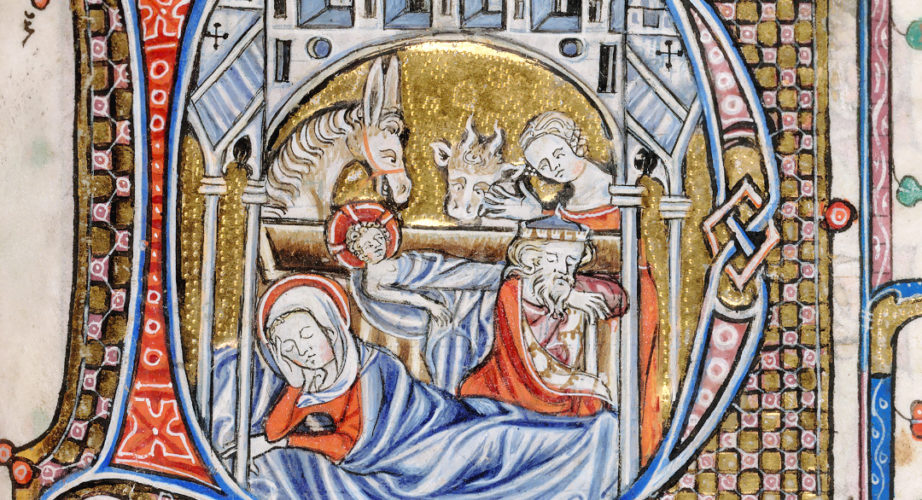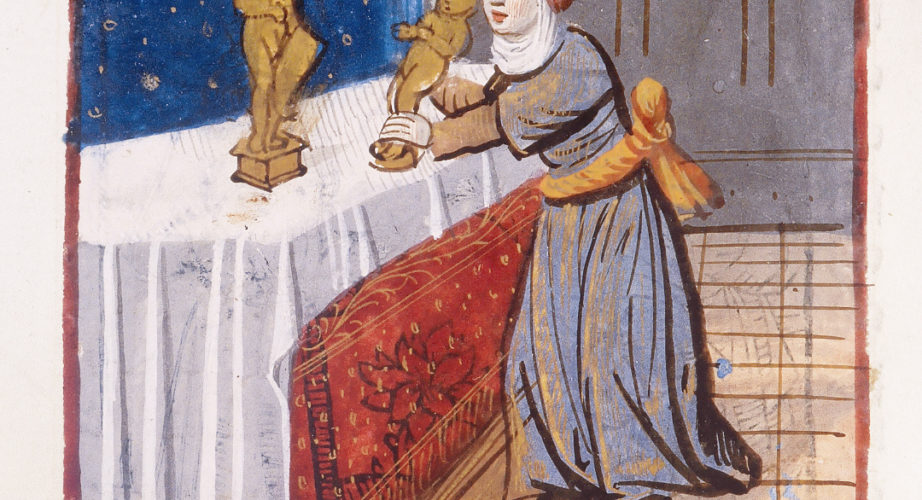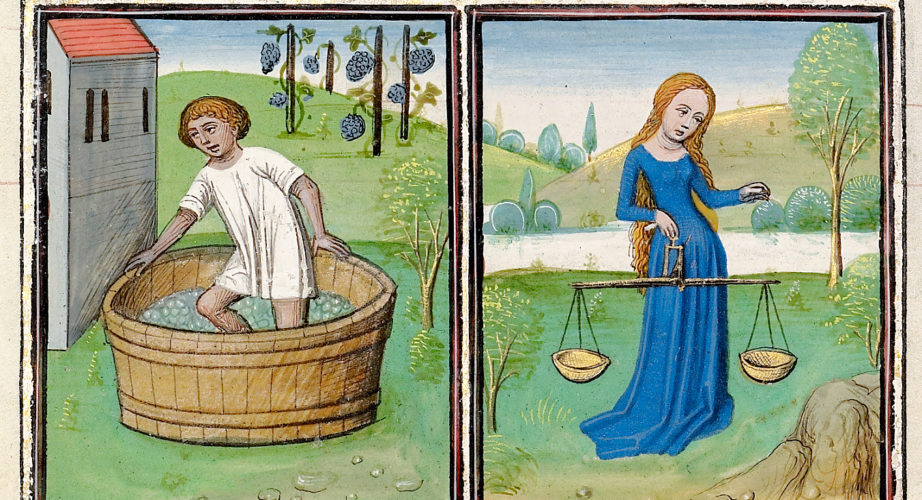The Bonfire of the Vanities
On February 7, 1497 (Mardi Gras day), Girolamo Savonarola's bonfire of the Vanities took place in Piazza della Signoria, Florence. Inspired by the Dominican friar's predicaments against Florence's artistic and cultural mundanity during the time of the Medici rule, in fact, his followers publicly burned thousands of object believed to be sinful - or potentially so: luxury clothing, instruments, musical scores, cosmetics, mirrors, books, and even paintings thus went lost in Savonarola's "moralizing" flames.
Sandro Botticelli himself, once part of the very Medicean court that was so strongly despised by Savonarola, obliged the friar's urge to burn some of his more profane and mythological paintings; other artists, such as Baccio della Porta and Lorenzo di Credi, followed his example. Among manuscripts, those of Ovid, Dante, and Boccaccio were especially targeted.
The Church was, predictably, soon worried by Savonarola's influence. Despised by Pope Alexander VI and excommunicated in May 1497, the Dominican friar was finally executed in 1498; following his demise, the Church ordered for all of his writings to be confiscated and destroyed - thus bringing the events of the fire to an ironic end.
Illumination from the manuscript "Lancelot du Lac", ms. Additional 10293, f. 266r, ca. 1316, British Library, London.
Two sleepy parents and a very awake Child... in a way, this Nativity…
On September 30, the Church celebrates the feast day of St. Rachel, Jacob's…
Da oggi (precisamente alle 8.50 italiane!), con l'ingresso del Sole nella costellazione della…



